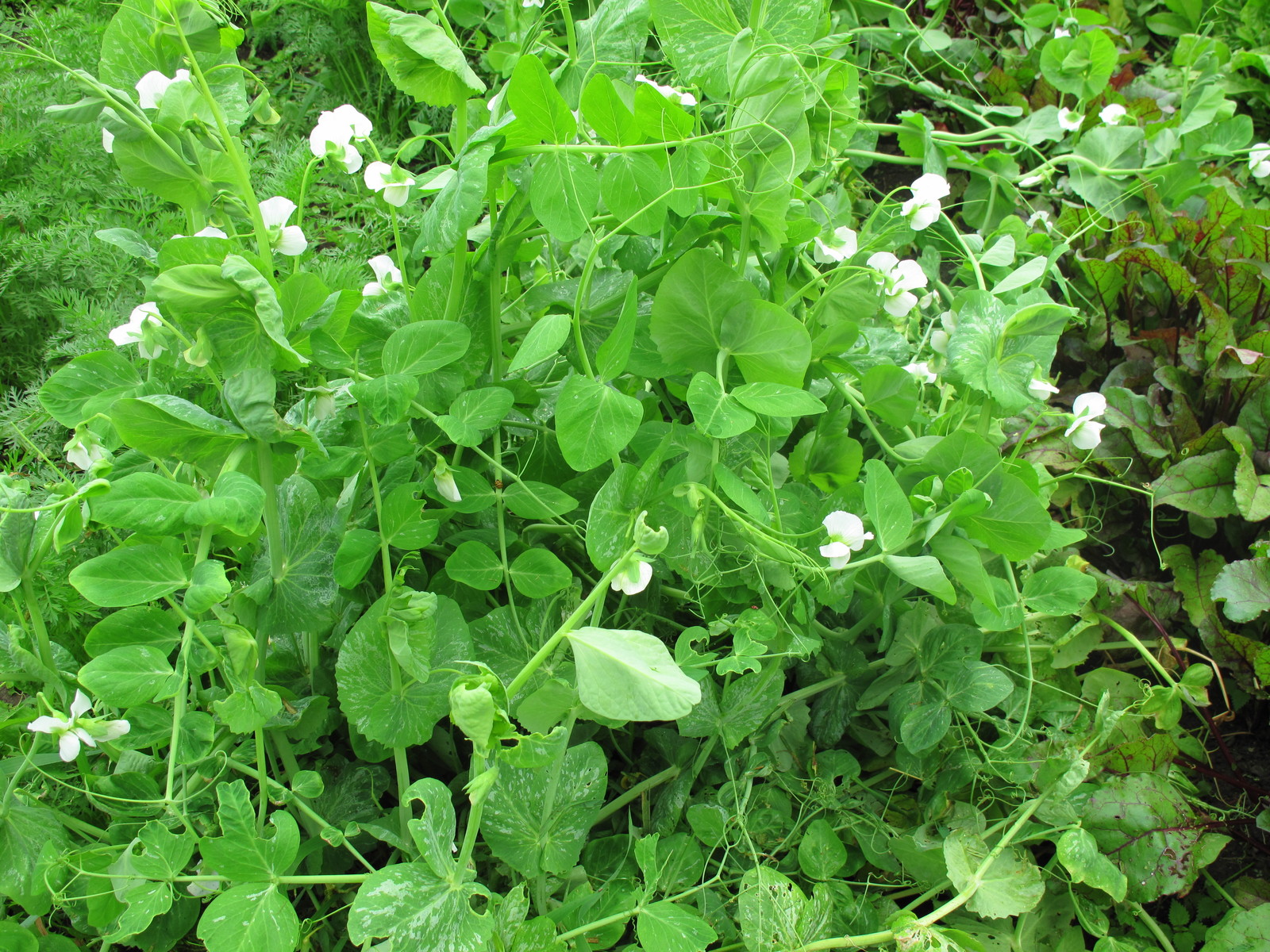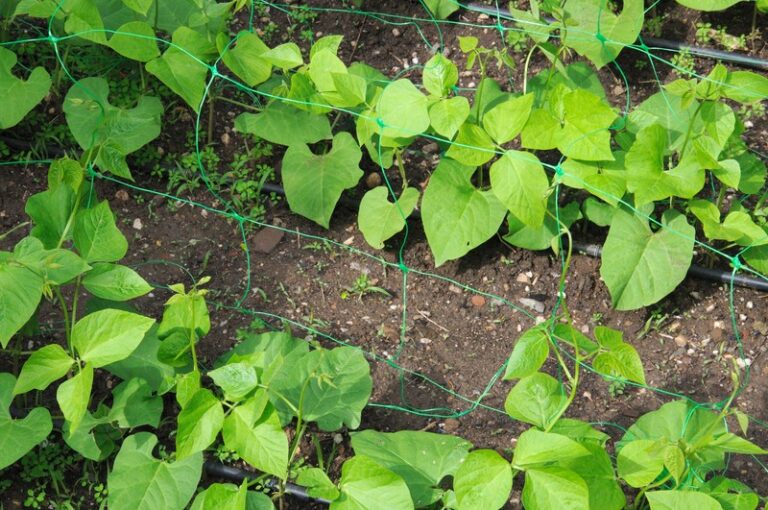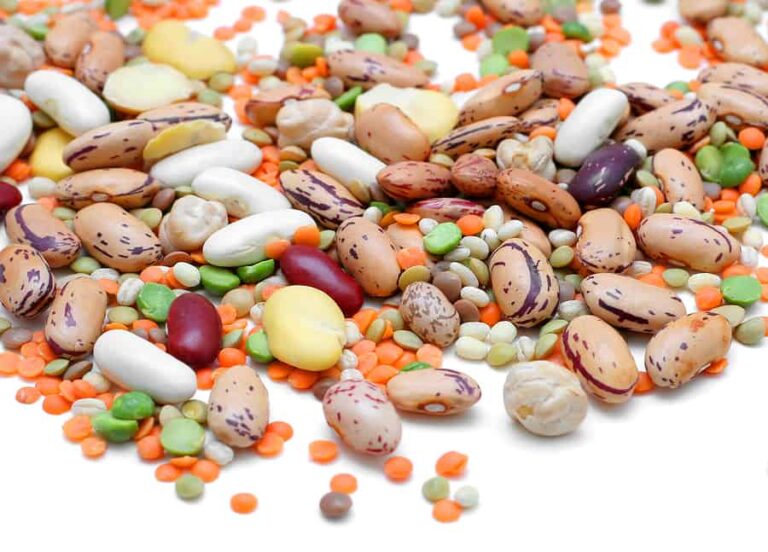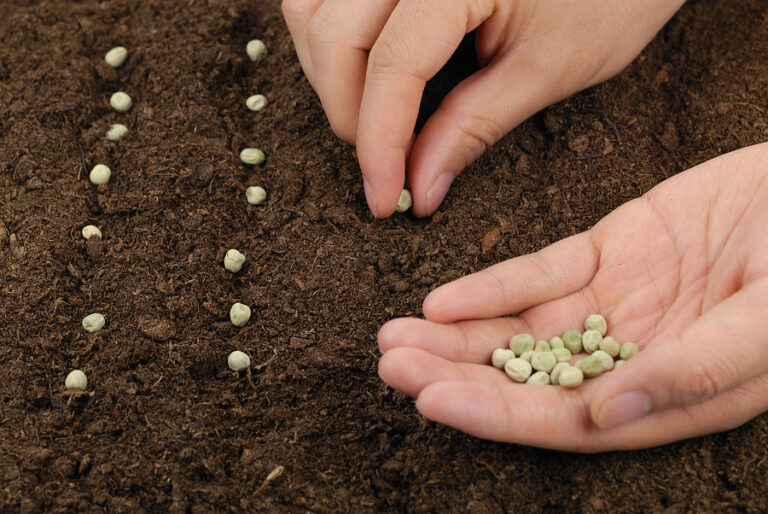How to Protect Peas from Birds
Birds love tender pea shoots and ripening pods as much as gardeners do. Over the years, I’ve learned that a few simple strategies can keep peas safe without harming wildlife. Drawing from my own experience growing peas in raised beds and open rows, here are proven, natural ways to protect your crop while maintaining a healthy garden ecosystem.
Why Birds Target Peas
Birds such as sparrows, pigeons, and crows are attracted to freshly planted seeds, emerging seedlings, and sweet, maturing pods. They peck at tender shoots for moisture and nutrients, which can stunt or destroy young plants before they establish.
Physical Barriers Work Best
Netting: The most effective method is to cover pea beds with lightweight bird netting or mesh supported by stakes or hoops. Secure the edges tightly to prevent birds from slipping underneath. I use fine mesh netting that allows sunlight and rain through while keeping birds out.
Floating Row Covers: Row covers provide an extra layer of protection during germination and early growth. Choose breathable fabric and remove it once peas begin flowering to allow pollination.
Cloche or Wire Cages: For small plantings, individual cloches, wire baskets, or plastic mesh protect seedlings until they are large enough to withstand occasional pecking.
Distraction and Deterrents
Reflective Objects: Hanging reflective tape, old CDs, or aluminum foil strips near the pea bed can startle birds and keep them away. Move them periodically so birds don’t become accustomed.
Decoys: Owls, hawks, or snake decoys can deter birds for a short time. For best results, reposition them every few days.
Alternative Food Sources: Planting bird-friendly crops such as sunflowers or millet at a distance can reduce pressure on peas by offering easier meals.
Cultural Practices
- Plant Extras: I often sow a few more pea seeds than needed to compensate for minor losses.
- Timing: Plant peas early in the season when natural food sources are abundant, which may reduce bird damage.
- Healthy Soil: Strong, fast-growing seedlings recover more easily from occasional nibbles.
My Experience
After decades of growing peas, I’ve found that combining netting with reflective deterrents provides the most reliable protection. These methods safeguard plants while respecting wildlife and keeping the garden chemical-free. Consistent observation and timely action are key to maintaining both a productive harvest and a bird-friendly yard.
Peas Growing Hub
Start here: The Ultimate Peas Growing Guide: From Seed to Harvest
Pea Basics & Types
- Different Types of Peas: Garden, Snap, and Snow Compared
- Round Peas vs. Wrinkled Peas: What’s the Difference?
- Best Pea Varieties to Grow for Flavor and Yield
- Garden Peas vs. Field Peas: Growing and Cooking Differences
- Snap Peas vs. Snow Peas: Which Should You Grow?
Planting & Site Prep
- When to Plant Peas by USDA Zone
- Peas Seed Starting Tips
- How to Plant Peas for a Fall Harvest
- Inoculating Pea Seeds: Why and How to Do It
- Planting Peas in Wide Rows or Blocks for Maximum Yield
- How to Plant Peas in Twin Furrows
- Bush Peas vs. Pole Peas: Which Is Best for Your Garden?
- Support Systems for Peas: Stakes, Trellises, and Netting Explained
- How to Grow Peas in Containers
- The Best Companion Plants for Peas
Care & Maintenance
- How to Water Peas for Steady Growth
- Fertilizing Peas Naturally: Boosting Growth Without Overfeeding
- Caring for Pea Vines Throughout the Growing Season
Pollination, Pests & Diseases
- How Pea Pollination Works and Tips for Seed Saving
- Common Pea Pests and Disease and Their Natural Control
- How to Protect Peas from Birds
Harvest & Beyond






